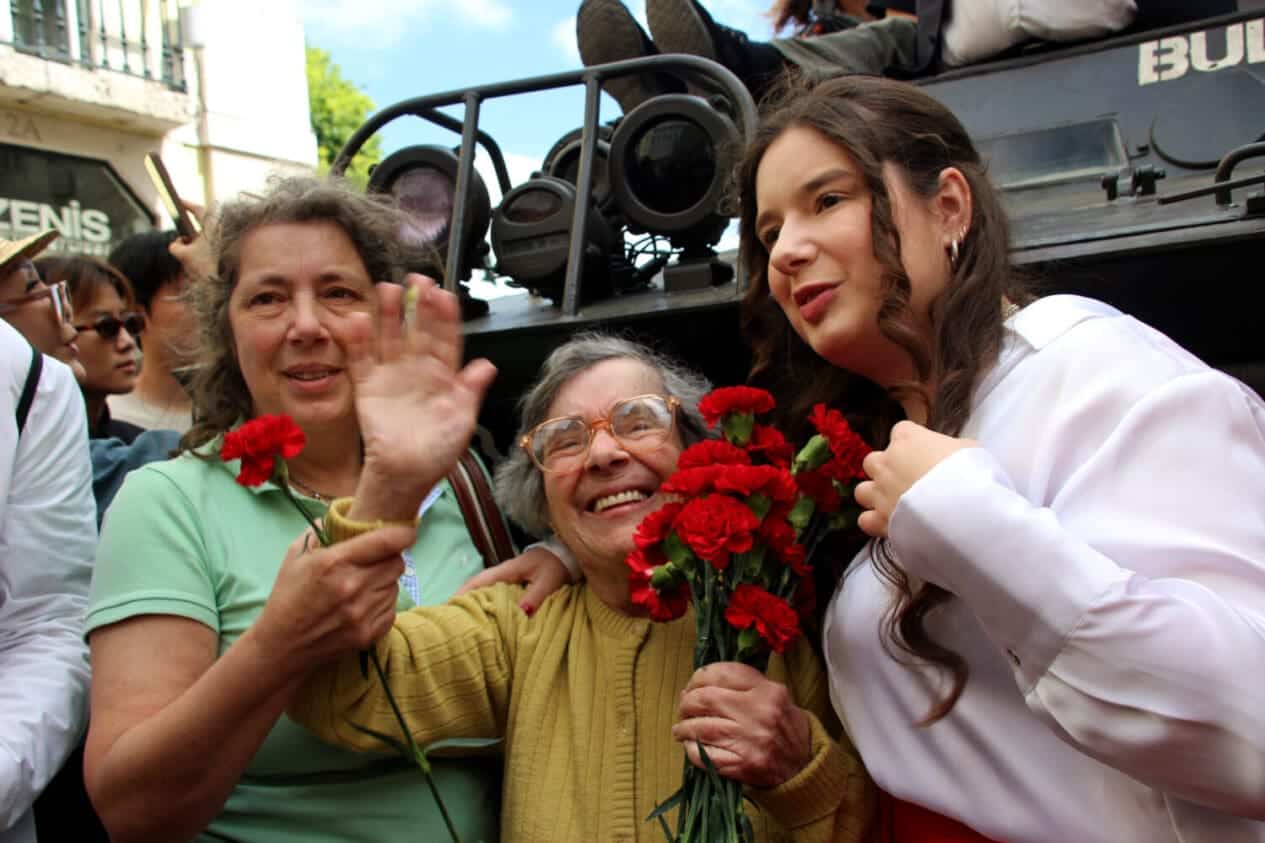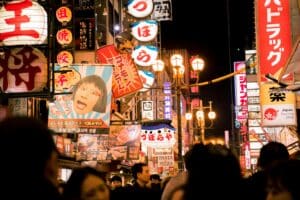Celeste Caeiro “died alone waiting for an x-ray in hospital”
President Marcelo has posthumously decorated Celeste Caeiro today, honouring the woman who inadvertently made the carnation the symbol of the April 25, 1974 revolution.
In a note published on the website of the Presidency of the Republic, it is reported that 91-year-old Celeste has been honoured with the rank of Officer of the Order of Liberty, in a ceremony at Belém Palace to which the press was not invited or previously informed about.
“Today, International Women’s Day, the President of the Republic paid tribute to Celeste Caeiro, who on 25 April 1974 spontaneously distributed red carnations (cravos) to the mutinous soldiers, thus giving the name to the ‘Carnation Revolution’ (Revolução dos Cravos), as it became known in Portugal and around the world,” says the statement.
The honour in so many ways makes up for Celeste Caeiro’s sad departure ‘waiting for an x-ray in hospital, in the hope also of seeing a cardiologist’, reported by Correio da Manhã last November.
The note from the presidency stresses that “Celeste Caeiro (…) remains with us, for her gesture and her commitment”. Indeed, when her death was reported, President Marcelo told journalists that he felt “great sadness”.
The posthumous decoration will go a long way to assuaging the elderly woman’s family, who had said in the past how sad they were that she wasn’t ‘recognised’ in her lifetime.
As Lusa explains, the Order of Liberty is intended to distinguish relevant services rendered in defence of the values of civilisation, in favour of the dignity of the Human Person and to the cause of Liberty.
Who was Celeste Caeiro and how did she make carnations the symbol of freedom?
Granddaughter Carolina Caeiro Fontela gave the story to Lusa last year, when the country was commemorating 50 years since the revolution.
“A lot of people still think it was a florist (who gave a carnation to a soldier), but my grandmother wasn’t a florist,” she said: Celeste actually worked in a self-service shop in the Franjinhas building in Rua Braamcamp, Lisbon. When she arrived for work on April 25, 1974, she learned that a revolution was taking place, and thus the shop was not going to open. But as the shop was celebrating its first year in business that day, the owner had bought carnations to give his customers. Realising that the flowers would go to waste, he told all his staff to take a bunch with them when they left… which is what Celeste did, hurrying down to Rossio, to see “what people had been waiting to happen for so long” (the revolution). It was here that she met a soldier, who asked her for a cigarette (which she did not have, as she did not smoke). She gave him instead a carnation, which he put down the barrel of his gun, and which became the symbol of Portugal’s (almost) bloodless revolution.


























